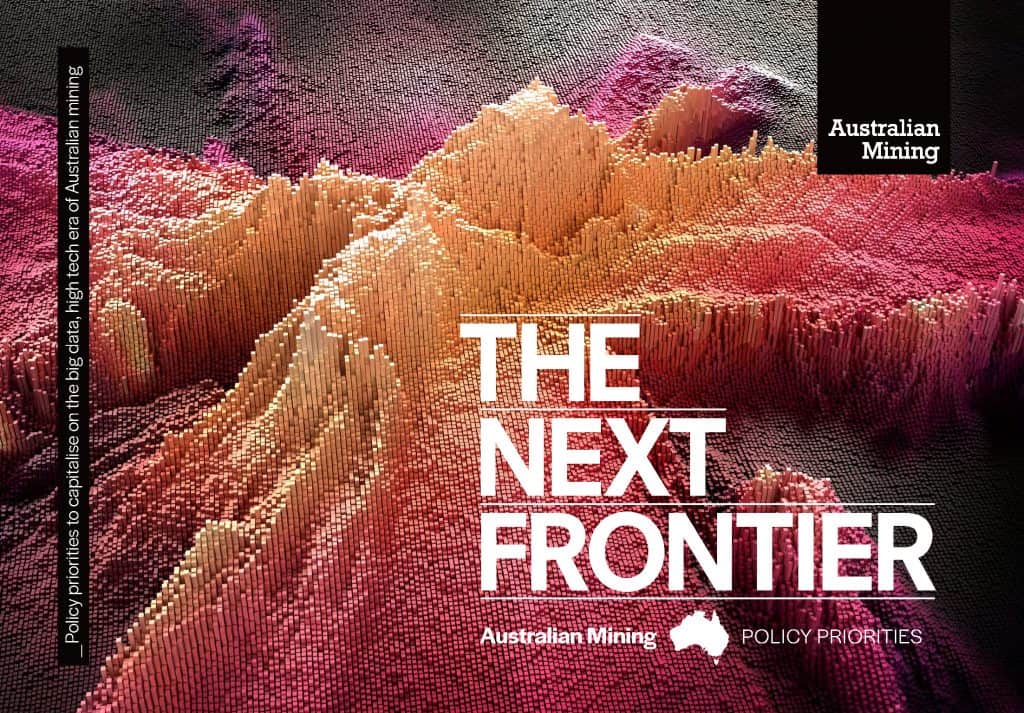
The Minerals Council of Australia has released its 2019 policy platform called “The Next Frontier: Australian Mining Policy Priorities”. The mainstream media will focus on taxation and jobs data given that Australia will face an election in the first half of 2019 but there is a specific chapter on occupational health and safety (OHS).

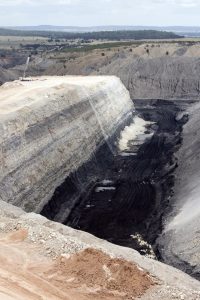 Discussions about safety in the mining sector continue with recent debate in the Queensland Parliament but change continues to be at a slow pace and in a manner that reflects “business as usual” rather than being innovative and establishing a sound base for business to grow, and grow safely.
Discussions about safety in the mining sector continue with recent debate in the Queensland Parliament but change continues to be at a slow pace and in a manner that reflects “business as usual” rather than being innovative and establishing a sound base for business to grow, and grow safely.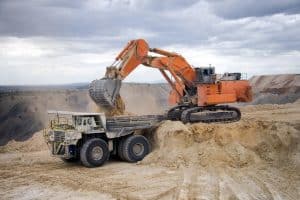
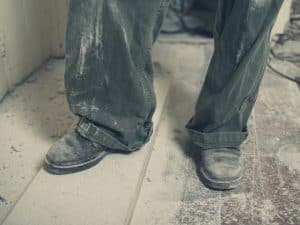 One of the most rewarding sources of occupational health and safety (OHS) information is the literature review undertaken by, usually, university researchers. It is rewarding because someone else has done most of the reading for you and the spread of resources can be massive and/or global. But, there can also be missed opportunities from taking a narrow scope and from excluding some non-peer-reviewed analysis. One of these involves a systematic review of lost-time injuries in the global mining industry.
One of the most rewarding sources of occupational health and safety (OHS) information is the literature review undertaken by, usually, university researchers. It is rewarding because someone else has done most of the reading for you and the spread of resources can be massive and/or global. But, there can also be missed opportunities from taking a narrow scope and from excluding some non-peer-reviewed analysis. One of these involves a systematic review of lost-time injuries in the global mining industry.  Today the Medical Journal of Australia released a
Today the Medical Journal of Australia released a 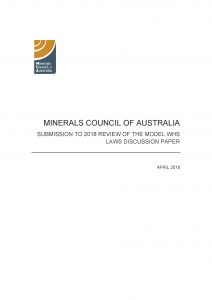 The
The